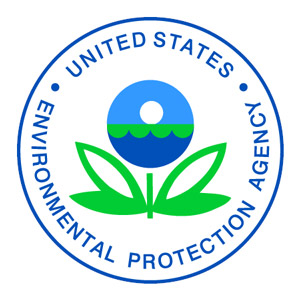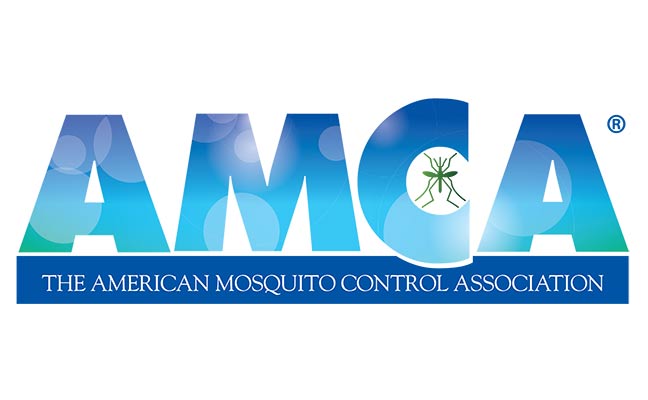Editor’s Note: This is a breaking news story, and the PMP staff will continue to update with new information as it becomes available.

On Nov. 29, the U.S. Environmental Protection Agency (EPA) published a notice in the Federal Register titled “Pesticide Registration Review; Proposed Interim Decisions for the Rodenticides; Notice of Availability.” This notice announces the availability of EPA’s proposed interim registration review decisions and opens a 75-day public comment period on the proposed interim decisions for the following rodenticides: brodifacoum, bromadiolone, bromethalin, chlorophacinone, cholecalciferol, difenacoum, difethialone, diphacinone (and its sodium salt), strychnine, warfarin (and its sodium salt), and zinc phosphide. Comments must be received on or before Feb. 13, 2023.
Pest Management Professional reached out to the industry-based Anticoagulant Rodenticide Task Force (ARTF) for comment, and was told that “information for pest management professionals interested in commenting will be available” from the group soon.
Per an EPA bulletin emailed to stakeholders sent Nov. 29:
This work furthers the goals outlined in EPA’s April 2022 Endangered Species Act (ESA) Workplan and one of the ESA pilots described in its November 2022 update to provide practical, timely protections for listed species from pesticides.
Each year, rodents cause significant damage to property, crops, and food supplies across the United States. They may also spread diseases, posing a serious risk to public health. Rodenticides are used in residential, agricultural, and non-agricultural settings to control a variety of pests including house mice, Norway rats, roof rats, moles, voles, pocket gophers, prairie dogs, ground squirrels, feral hogs, and mongooses.
The Federal Insecticide, Fungicide and Rodenticide Act (FIFRA) requires EPA to review registered pesticides every 15 years to ensure that, as the ability to assess risk evolves and as policies and practices change, the pesticides continue to meet the statutory standard of causing no unreasonable adverse effects on human health or the environment. When EPA identifies unreasonable adverse effects to human health or the environment, it proposes amendments to pesticide labels to mitigate these risks. During registration review, the Agency also has obligations under the ESA that may result in additional assessments and mitigations.
Proposed Risk Mitigation Measures
In 2008, EPA issued a risk mitigation decision (RMD) for 10 rodenticides that represented the Agency’s final decision on the reregistration eligibility of rodenticide products at that time and constituted the Agency’s final action in response to the remand order in West Harlem Environmental Action and Natural Resources Defense Council v. U.S. Environmental Protection Agency. The 2008 RMD included mitigation measures to reduce risks to human health and non-target organisms. For example, EPA implemented minimum packaging size requirements for products on the consumer market (must be in packages one pound or less), prohibited products intended for general consumers (i.e., homeowners or residential consumers) from containing second-generation anticoagulant rodenticides (SGARs), and required tamper- and weather-resistant bait stations for outdoor, above-ground placements where children, pets, and wildlife may be present.
The proposed interim decisions (PIDs) released today cover three first-generation anticoagulant rodenticides (FGARs), four SGARs, and four non-anticoagulant rodenticides. Strychnine (the 11th rodenticide) was not part of the 2008 RMD but is now included as part of EPA’s registration review of the rodenticide group.
These PIDs build on the earlier protections by proposing additional mitigation measures based on findings in the 2020 draft human health and ecological risk assessments (DRAs) and feedback submitted during the DRAs’ public comment period. These measures are intended to reduce exposure to non-target organisms such as mammals and birds that may inadvertently consume rodenticides through their prey, or animals that may consume the rodenticide directly. Proposed measures include requiring bait to be placed in tamper-resistant bait boxes to ensure it is contained, and requiring users to collect carcasses of rodents that may have consumed rodenticides to prevent further exposures to non-target organisms that could consume the carcasses. In addition, the PIDs propose that all products, excluding those registered solely for use by homeowners, include label language directing users to access the web-based Bulletins Live! Two and follow the measures contained in any Endangered Species Protection Bulletin(s) for the area in which the user is applying the product.
Endangered Species Pilot
The ESA workplan described how EPA is developing early mitigation for a subset of species where EPA predicts a likelihood of a jeopardy or adverse modification finding for one or more of the registration review pilot pesticides if mitigation is not undertaken. One of these pilots is for rodenticides, which will focus on addressing effects to mammals and birds that consume rodenticide bait (primary consumers) and to birds, mammals and reptiles that consume primary consumers (secondary consumers).
As part of its registration review ESA pilot for the rodenticides, EPA evaluated their potential effects on individuals and populations of Stephens’ kangaroo rat, Attwater’s prairie chicken, and the California condor and its designated critical habitat. EPA’s draft evaluation determined that rodenticide use is “likely to adversely affect” these three species but predicted the proposed mitigations will protect them from likely “jeopardy” (i.e., potential impacts to the survival of listed species) and “adverse modification” of critical habitat. A “likely to adversely affect” determination means EPA reasonably expects that at least one individual animal of any of the three species may be exposed to one or more of the rodenticides at a sufficient level to have an adverse effect.
EPA’s draft likelihood of jeopardy and adverse modification predictions examine effects of the rodenticides at the species scale (i.e., the population as opposed to an individual of a species). While EPA has made predictions about the likelihood of jeopardy and adverse modification, the U.S. Fish and Wildlife Service (USFWS) is responsible for making the actual jeopardy/adverse modification findings for these species and has the sole authority to do so.
EPA chose these three listed species because they represent species that may be affected by rodenticides through different routes of exposure, like primary consumption, for example, by Stephens’ kangaroo rat and Attwater’s prairie chicken and secondary consumption, for example, by California condor.
To focus the mitigations where they are most needed while retaining options for rodenticide users, the proposed mitigation measures for the three listed species would be targeted in specific geographic areas most relevant to the species. The PIDs include proposed mitigation measures to be included on the Bulletins Live! Two website for the species and the critical habitat of the California Condor.
The draft evaluation for the three species and one critical habitat and associated mitigation measures are pilots for other listed species that may be similarly exposed and affected by rodenticides. In developing and applying mitigation measures for these species, EPA recognized that not all rodenticides have the same effects.
Next Steps
In addition to describing the pilot and the mitigation measures for the selected species, the PIDs also describe EPA’s plans for expanding those mitigation measures to the other approximately 90 listed species potentially affected by rodenticides. This plan, when finalized, will be known as the Rodenticide Strategy the Agency described in its November 2022 update to its ESA Workplan.
EPA also intends to make effects determinations for all listed species available in a draft biological evaluation (BE), which the Agency anticipates making available for public comment in November 2023. The BEs will contain EPA’s draft analysis of the potential effects of the rodenticides on listed species and their designated critical habitats and will identify mitigation measures for these species and critical habitats to avoid or minimize exposure from the rodenticides (Rodenticide Strategy). EPA expects to complete the final BE for the rodenticides in November 2024.
If EPA’s final BE continues to find that rodenticide use is likely to adversely affect listed species or adversely modify their critical habitats, then EPA will initiate formal consultation and share its findings with USFWS, which will use the information in EPA’s BE to inform its biological opinions. If the USFWS determines in its final biological opinions that additional mitigations are necessary to address any jeopardy or adverse modification determination, or to address any incidental take, then EPA will work to ensure that any necessary registration or labeling changes are made.
The post EPA seeks public comment on proposed rodenticide updates appeared first on Pest Management Professional.
from Pest Management Professional https://www.mypmp.net/2022/11/30/epa-seeks-public-comment-on-proposed-rodenticide-updates/
Sacramento CA




 Registration is now open for the
Registration is now open for the 









 Phoenix, Ariz.-based
Phoenix, Ariz.-based 




















